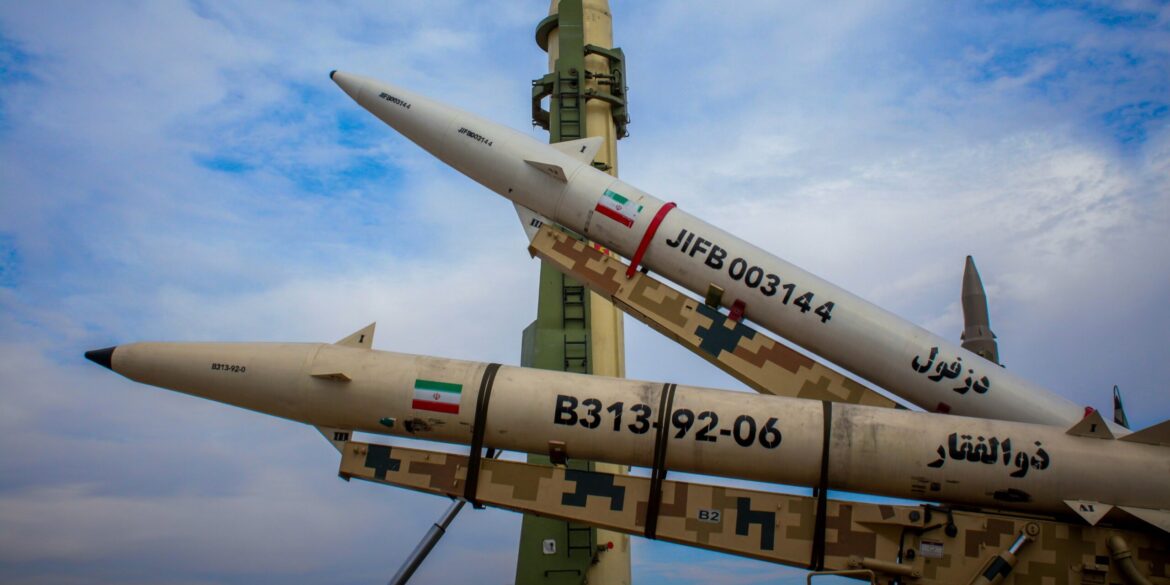Washington, D.C. — In an ambitious push to strengthen the United States’ missile defense capabilities, President Donald Trump recently highlighted significant strides in expanding missile defense systems with a specific focus on space. Trump’s administration has prioritized missile defense as a key component of national security strategy, especially given growing concerns over emerging threats from global adversaries, including China and North Korea.
The U.S. government is investing heavily in both ground-based and space-based missile defense systems to protect the nation from advanced missile threats. These efforts are being led by the U.S. Space Force, a branch of the U.S. military established in 2019, which has been tasked with securing the space domain and developing defense systems capable of intercepting ballistic missiles from space.
Space-Based Defense Initiatives: A Growing Priority
Trump’s support for space-based missile defense comes amid increasing concerns over the militarization of space and the growing missile capabilities of other nations. Both China and Russia have developed advanced anti-satellite and missile systems capable of targeting U.S. space assets, and they continue to push forward with their own space defense capabilities.
In 2020, the U.S. Space Force announced its plans to develop a more robust missile defense system that would include space-based interceptors capable of defending against missile threats in all stages of flight. This plan is part of a broader effort to secure U.S. satellites and space assets, which are crucial for national security, communications, and global positioning systems (GPS).
U.S. Space Force: Leading the Charge in Missile Defense
The U.S. Space Force, led by General John Raymond, is at the forefront of the Trump administration’s efforts to integrate space into the nation’s defense strategy. General Raymond has previously outlined how the U.S. military’s ability to defend against missile threats has been increasingly dependent on innovations in space technology.
During a 2020 press briefing, Raymond stressed the need for the U.S. to maintain superiority in space in order to safeguard the homeland from potential missile strikes. “Space is not just a place to explore, it’s a domain of warfare. Our adversaries are increasingly looking to space as an avenue for missile attacks, and we must be prepared,” Raymond said.
The U.S. Space Force’s missile defense strategy includes the development of advanced radar systems, satellite defense technologies, and interceptors capable of neutralizing threats in space. This move signals a shift in how the U.S. views space — no longer just a frontier for exploration but a critical domain for military defense.
China and Russia React: Concerns Over Militarization of Space
While the U.S. Space Force pushes forward with missile defense initiatives, international reactions have been mixed. China and Russia, both of which have made significant investments in space technology, have raised concerns about the U.S. militarizing space.
In 2021, Chinese officials issued a statement warning that the U.S.’s increasing focus on space-based missile defense systems could lead to an arms race in space. “The militarization of space only adds to tensions and risks turning space into a battlefield,” said a spokesperson for the Chinese Ministry of Foreign Affairs.
Russia has echoed similar concerns, with President Vladimir Putin urging the U.S. to reconsider its plans for a space-based missile defense system. “The United States is pushing the world toward an arms race in space,” Putin said in a 2021 speech. “Space must remain a peaceful domain, and we must resist efforts to turn it into an arena for military conflict.”
Despite these criticisms, the U.S. has remained steadfast in its commitment to enhancing its missile defense capabilities. The U.S. government has argued that its space defense initiatives are defensive in nature and aimed at protecting American assets, not escalating tensions.
The Role of Space-Based Sensors and Lasers in Missile Defense
As part of the ongoing missile defense strategy, the U.S. military is developing new space-based sensors that can detect missile launches and track threats from space. These sensors will be capable of detecting ballistic missiles in flight, providing early warnings for defense systems to engage and intercept incoming threats.
In addition to radar and sensor technology, the U.S. is also exploring the potential use of laser weapons in space-based defense systems. These laser weapons, capable of disabling or destroying missiles in mid-flight, are still in development but could play a key role in the future of missile defense.
The focus on space-based interceptors reflects a recognition that the traditional methods of missile defense — such as ground-based interceptors and systems like the Terminal High Altitude Area Defense (THAAD) — may not be sufficient to counter the growing threats posed by missile technology. Space-based defense systems could offer a more comprehensive and rapid response to missile threats, particularly those launched from space or at high altitudes.
Future Prospects for U.S. Missile Defense
As the U.S. continues to develop and test its missile defense systems, the military is looking to build partnerships with other countries to enhance global missile defense capabilities. NATO allies, in particular, have shown interest in joining the U.S. in developing new technologies to address missile threats.
The integration of space into missile defense strategies has the potential to reshape the future of global defense. Countries around the world, particularly those with advanced space programs, are likely to increase their investments in space-based missile defense technologies in response to the growing capabilities of adversaries.
While the U.S. remains committed to strengthening its missile defense infrastructure, challenges remain. The development of new technologies is expensive, and questions about the effectiveness of space-based missile defense systems persist. Moreover, the risk of escalating tensions in space and triggering a new arms race is a concern that many experts continue to raise.
However, one thing is clear: as missile technology continues to evolve, space will play an increasingly central role in the defense strategies of the future. The U.S. Space Force’s efforts to secure the nation’s space assets and defend against missile threats are a testament to the growing importance of space in global security.

